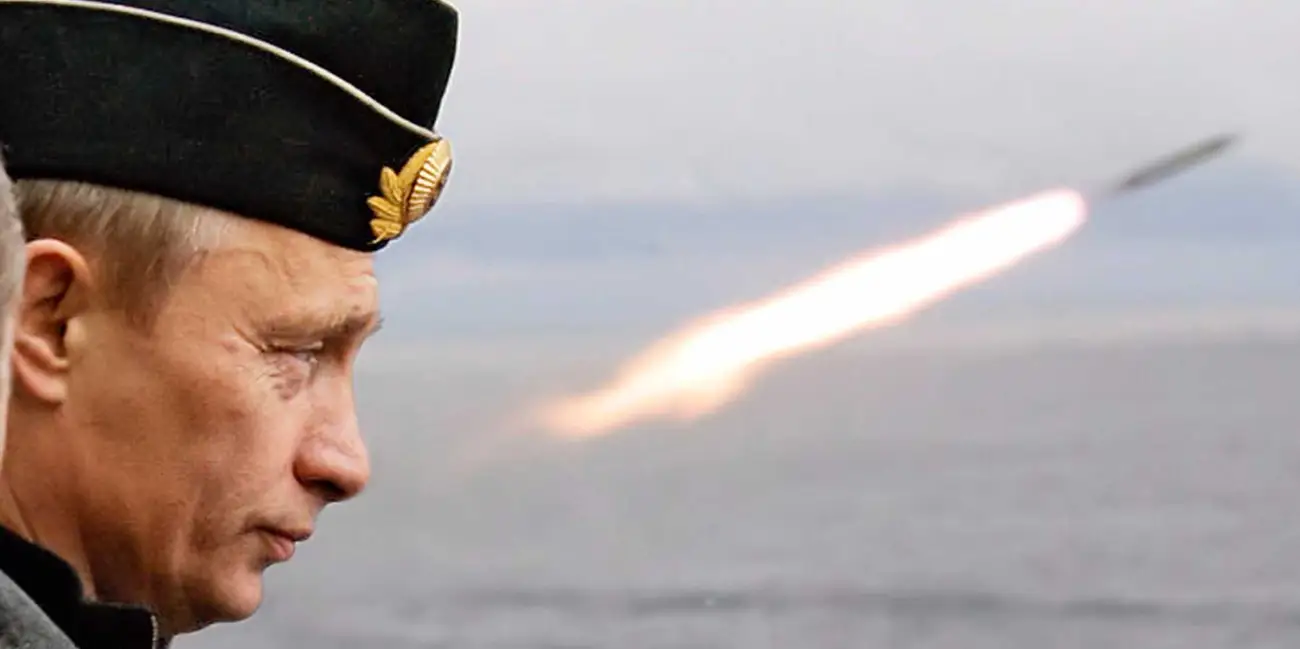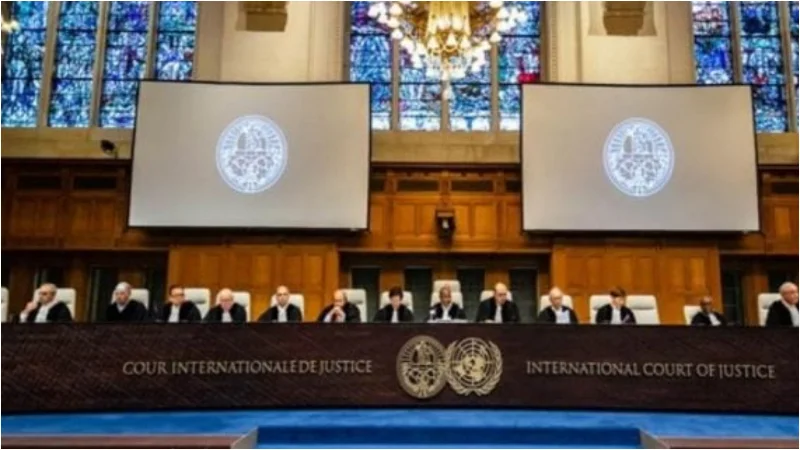Following Vladimir Putin’s thinly veiled threats regarding the Ukraine conflict, the Kremlin has refused to rule out the use of nuclear weapons.
Putin’s spokesman, Dmitry Peskov, was asked three times on CNN whether he could definitively rule out the possibility of the Russian leader pressing the button – and each time he refused to give a straight answer.
Instead, Peskov stated only that Russian doctrine allows Putin to use nuclear weapons to counter ‘existential threats,’ raising concerns that he could justify using the weapons over Ukraine, despite previously stating that the country poses a direct threat to Russia’s security.
The Pentagon’s spokesman, John Kirby, slammed Peskov’s rhetoric as “dangerous,” saying it is “not the way a responsible nuclear power should act.”
President Putin has raised the threat of using nuclear weapons – and his spokesperson Dmitry Peskov refused to rule out their use, in an interview with me tonight. pic.twitter.com/uxQqncLGYN
— Christiane Amanpour (@amanpour) March 22, 2022
Kirby added that the US is constantly monitoring Russia’s nuclear arsenal, which is thought to be the world’s largest at 6,500 warheads, and has not seen any indication that it is preparing to use the weapons.
But that will do little to calm nerves among world leaders, particularly in the West, after Putin used a fiery speech declaring war on Ukraine to make a thinly veiled nuclear threat.
On February 24, Putin ordered the start of his’special military operation,’ warning anyone ‘who might be tempted to meddle in the ongoing events: whoever tries to stand in our way or create threats for our country.’
‘People should know that Russia’s response will be immediate and will lead you to consequences you have never experienced in your history,’ he said.
Just three days later, on February 27, Putin ordered his nuclear forces to be placed on’special alert,’ citing the NATO alliance’s ‘aggressive statements,’ specifically threatening the West.
America later stated that it had seen no significant changes in Russian nuclear posture as a result of the order, but it still cancelled a test launch of one of its own weapons the following week as a precaution.
There are also concerns that Russia may consider using a low-yield ‘tactical’ nuclear weapon against Ukraine in order to turn the tide of the war.
Former US Defense Secretary Leon Panetta said Peskov’s remarks show Russia is ‘looking for a possible excuse to use low-yield nuclear weapons.’
‘I think that presents a real concern that Russia is at least thinking about it,’ he added. ‘I don’t see how you could look at it any other way than dangerous.’
Using the weapons would be based on a “very false premise” that “Russia is somehow threatened,” he said.
‘I’m not sure it’s going to happen.’ I still believe Putin is concerned about how the US will react, as well as his own survival.’
For days, Western leaders and intelligence agencies have warned that Putin may resort to desperate measures as the war in Ukraine escalates.
It also comes after Ukraine warned that Russia appears to be creating man-made disasters at either the Chernobyl or Zaporizhzhia nuclear power plants, both of which are in the hands of Kremlin operatives.
Russian soldiers have disconnected Zaporizhzhia’s six reactors and Chernobyl’s defunct reactor from international monitoring systems, as well as Chernobyl from the power grid.
That means the water pumps at Chernobyl that keep spent nuclear fuel submerged in water to cool it will not run automatically, and the water will eventually evaporate if not manually topped up.
If this happens, the fuel could catch fire, releasing a cloud of radioactive ash into the atmosphere and causing widespread fallout across Europe.
Russian forces have been fought to a standstill across Ukraine as the initial phase of Putin’s invasion spectacularly failed.
Ukrainian forces remain in control of all major cities across the country except for the regional capital of Kherson, where counter-attacks are now underway in an effort to recapture it.
Counter-attacks are also underway to the west of the capital Kyiv, in Voznesensk in the south, and around Izyum in the north-east.
Ukraine’s generals believe Russian forces only have enough supplies to last three more days in the field, while Western experts have said Putin’s men will soon need to switch on to the defensive as their stockpiles run low.
It means Putin’s troops will be vulnerable to counter-attacks, pushing up Russia’s already-high casualty toll even
Reliable casualty figures for either side are difficult to come by, but Russia is thought to have lost around 10,000 troops after a pro-Kremlin tabloid published the figure on Monday night and attributed it to the Defense Ministry.
According to the same article, another 16,000 men were wounded, accounting for roughly one-fifth of the total force Putin had assembled prior to the start of the war.
The figure was quickly removed and attributed to a hack, but it is compelling because it falls between low-ball US estimates of Russian deaths – around 7,000 – and optimistic Ukrainian tolls – around 15,000.
Ukraine’s death toll is even more ambiguous. Preisdent Zelensky has stated that approximately 1,300 troops have died in combat, but this is considered an underestimation and has not been confirmed.
Kyiv’s forces are thought to have suffered the most casualties in the south and east, where Russian offensives have pushed the furthest and threaten to surround soldiers entrenched along the old frontline with pro-Moscow rebels.
Few expected Ukraine’s defences to last more than a few weeks in the face of an attack by what was supposed to be the world’s “second military” after the US, but the war is now in its second month, with no sign of a Russian breakthrough.
Observers will now look for signs that Ukraine’s military, which has proven tenacious in defence, can now successfully counter-attack, raising the prospect of Kyiv’s most unlikely victory.




















